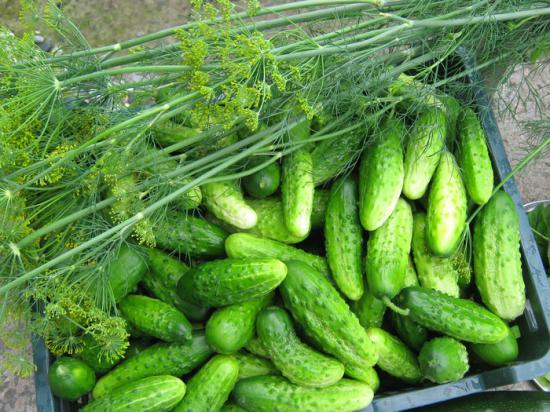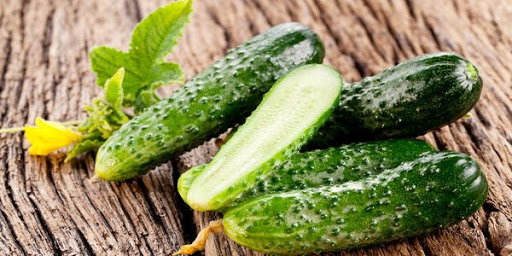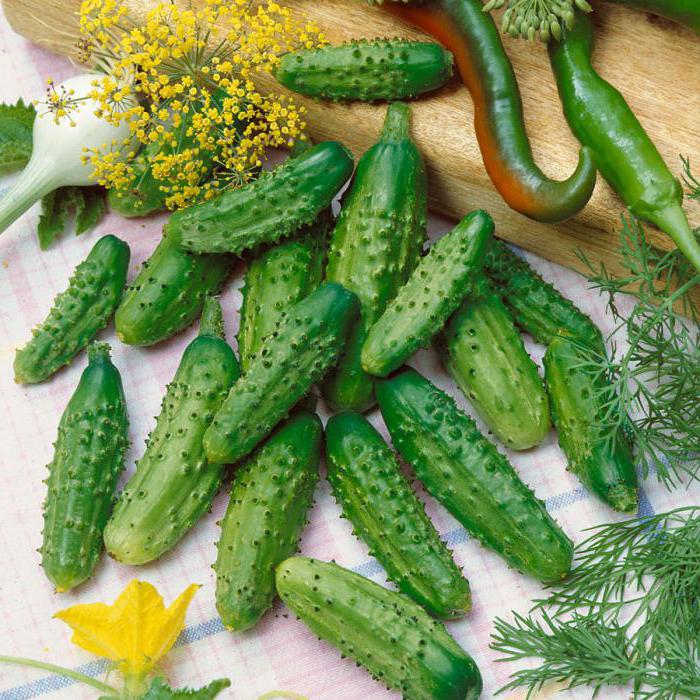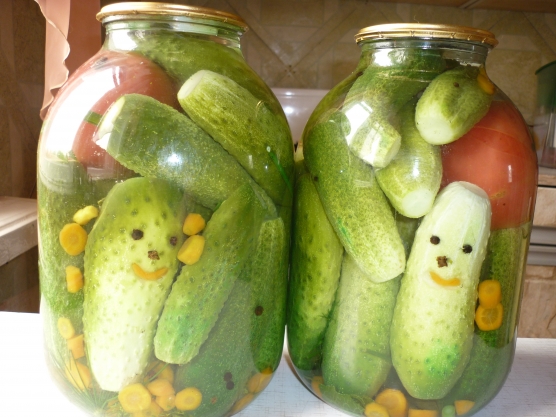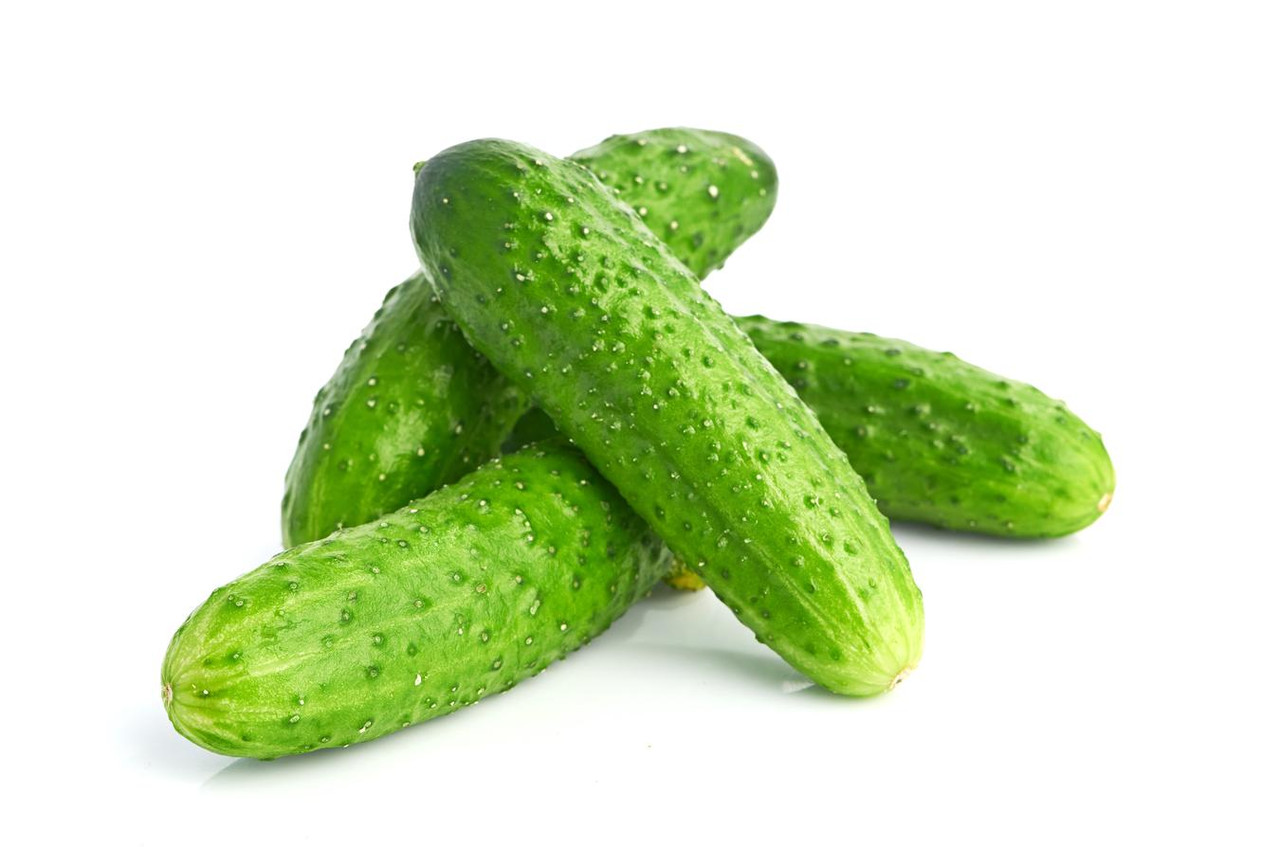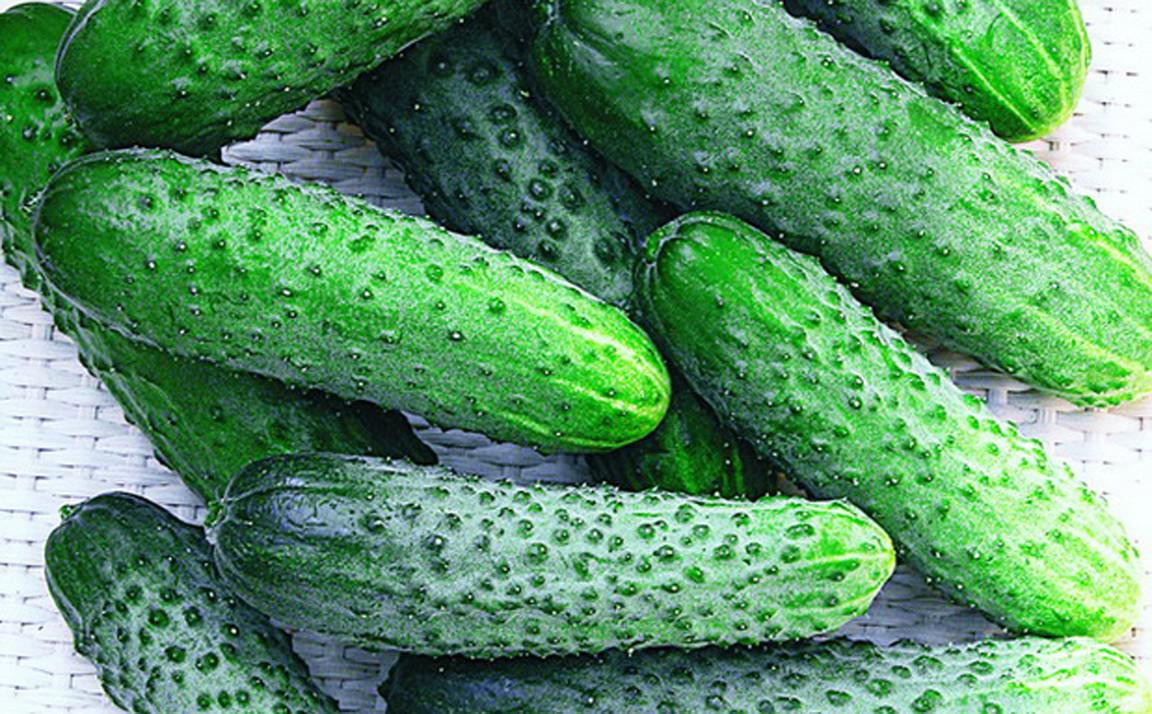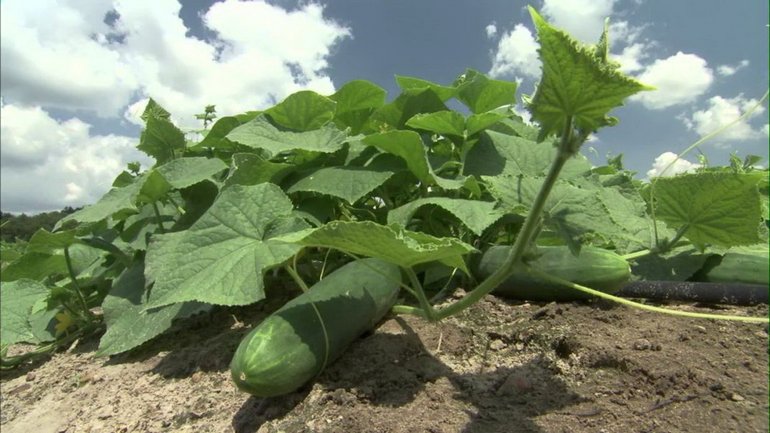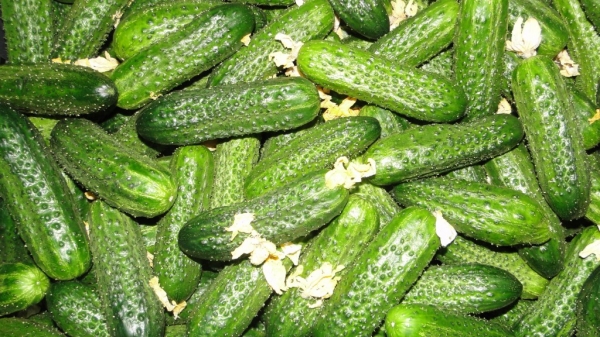Content:
During the spring work, summer residents are wondering which cucumbers are best planted on their site so that they are suitable for everyday food and canning. After all, housewives know that the key to the safety of home preservation is not only compliance with the recipe, but also the quality of the product used.
Features of cucumbers and their types
When purchasing cucumbers from a retail network, it is difficult to determine their suitability for canning. This vegetable is divided into pickling, salad and universal varieties.
Salad cucumbers
Salad cucumbers should not be canned as they will be soft and tasteless in jars. This variety has a completely smooth skin, covered with small thorns. The peel of pickled cucumbers is hard, lumpy with a lot of thorns. This kind of cucumber is suitable for pickling and preserving.
The universal varieties of these zelents are suitable for fresh food, and they are also used to prepare pickled dishes.
How to choose varieties of cucumbers
When choosing cucumbers for conservation, you need to know the following nuances:
- the presence of an even shape or its slight bend
- dense skin is easily pierced when pressed with a fingernail
- presence of thorns
- density, elasticity and crunch when biting a vegetable
- there should be no voids when cutting
- lack of bitterness and sweetish taste
All information about cucumbers is available on the seed bag, so summer residents need to carefully choose the right variety.
Crispy fruits in jars
Pickled and universal cucumbers are well suited for those who want to please their family with home preservation in the winter. Among the variety of varieties there are well-known and time-tested seeds ("Nezhensky", "Muromsky") and new species bred by breeding. For preservation, gherkin varieties and cucumbers with a tuft ovary are suitable.
The ultra-early ripening variety "Muromsky" responds well to temperature fluctuations. Small fruits up to 8 cm grow from seeds with excellent taste. The skin is dark green with whitish stripes. Canned, these vegetables remain firm and crispy. They need to be harvested frequently in the garden as they overripe quickly.
The well-known "Nezhensky" variety grows well on trellises. It has long lashes with large greens and is pollinated by insects. The length of the vegetable reaches 10-12 cm. In pickled and salted form, it retains its taste and crunch.
Cucumbers "Parisian gherkin" are unpretentious in care and give a stable harvest. They taste sweet and have a delicate flesh. The weight of the vegetable is 90 grams, and the length is up to 10 cm. This variety has a green lumpy fine-structured skin.
Hybrids are great for winter preparations. An early ripe cucumber is "Hector F1". It ripens in 35 days, forming compact nodular bushes. The size of zelents reaches 8-10 cm. It is resistant to diseases and tastes great with a pronounced cucumber aroma.
The Dutch variety "Marinade F1" is distinguished by its yield. It is self-pollinated and matures in 40-45 days. Its whitish thorns are considered the best for home canning.
The early ripening "Zyatek F1" is famous for its pleasant taste and easy to grow. This cucumber grows 10-12 cm long with soft thorns. It does not require pollination and bears fruit well in any weather.
For areas of risky farming, cucumber "Siberian saline F1" is well suited. It is unpretentious to weather conditions and has absolutely no bitterness.Fruits are small, 6-8 cm with light green skin.
Cucumbers are a favorite vegetable of many people. They are even grown on balconies. The task of summer residents is not to get lost in this variety of seeds, choosing for themselves a fruitful and unpretentious variety.


